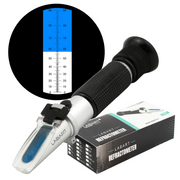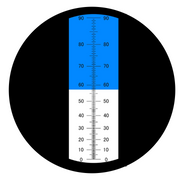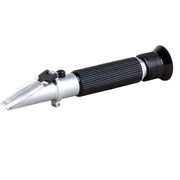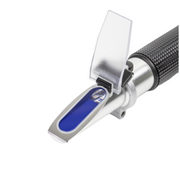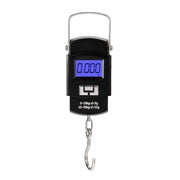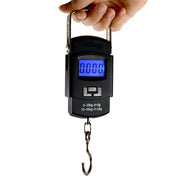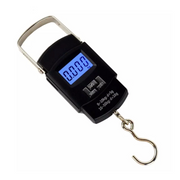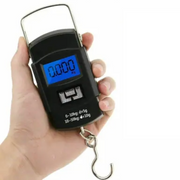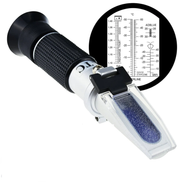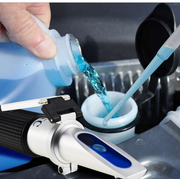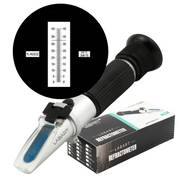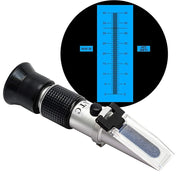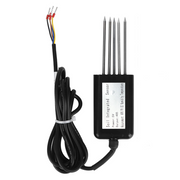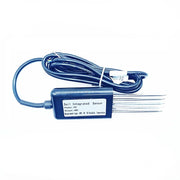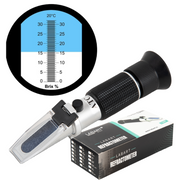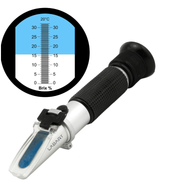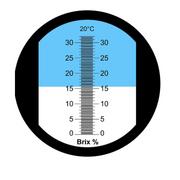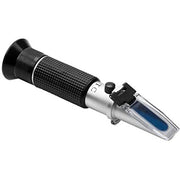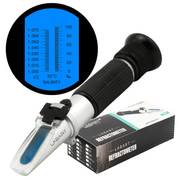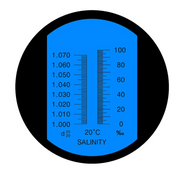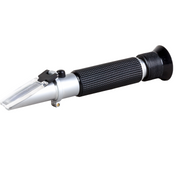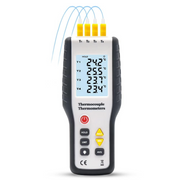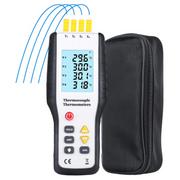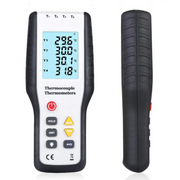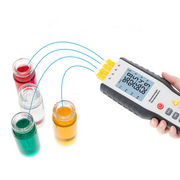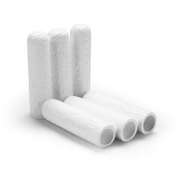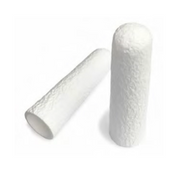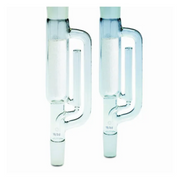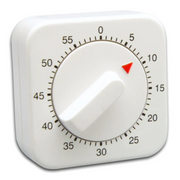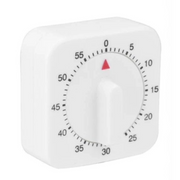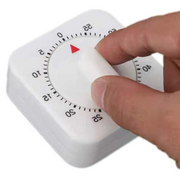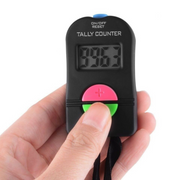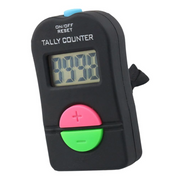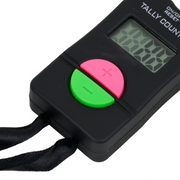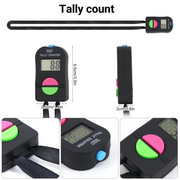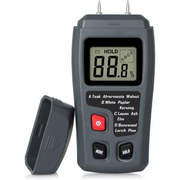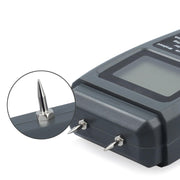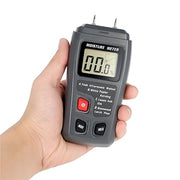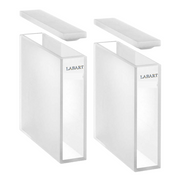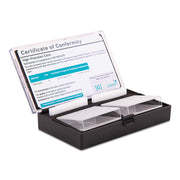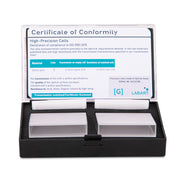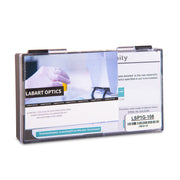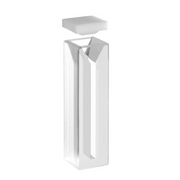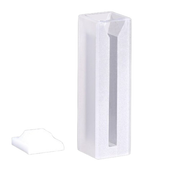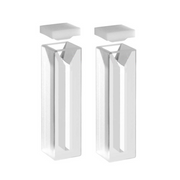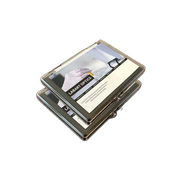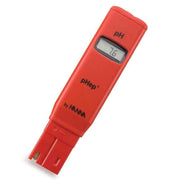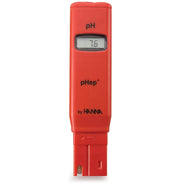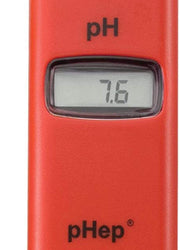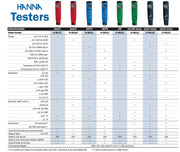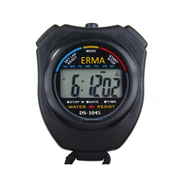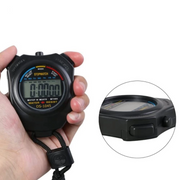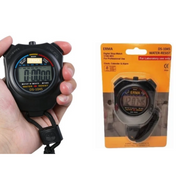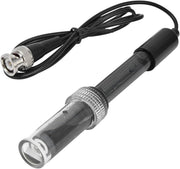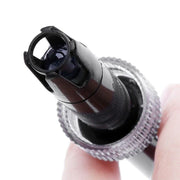What is Coolant?
Coolant, also known as antifreeze, is a liquid substance used in engines and industrial machinery to regulate temperature and prevent overheating. It circulates through the engine's cooling system, absorbing heat generated during operation and transferring it away from critical components. Coolant typically consists of a mixture of water and additives, such as ethylene glycol or propylene glycol, which lower the freezing point and raise the boiling point of the liquid. Additionally, coolant contains corrosion inhibitors to protect engine components from rust and corrosion. Proper coolant maintenance is essential for engine longevity and optimal performance, as it helps prevent freezing in cold temperatures, boiling in hot conditions, and corrosion within the cooling system.
Why Use a Coolant Refractometer?
- Accuracy: Coolant refractometers provide precise measurements of coolant concentration, ensuring optimal performance and protection.
- Prevention: Maintaining the correct coolant concentration prevents freezing in cold temperatures and boiling in hot conditions.
- Corrosion Protection: Proper coolant concentration helps prevent corrosion and rust formation within the cooling system.
How to Use a Coolant Refractometer
- Calibration: Ensure the refractometer is calibrated properly before use. Use a calibration fluid with a known refractive index specific to coolant measurement.
Sample Preparation
- Apply Sample: Place a few drops of the coolant sample onto the prism of the refractometer. Close the lid, if applicable, to spread the sample evenly.
- View and Read: Look through the eyepiece of the refractometer towards a light source. Take the reading where the boundary between light and dark areas intersects on the scale.
- Temperature Compensation: Some refractometers feature Automatic Temperature Compensation (ATC), which adjusts the reading based on the temperature of the coolant sample. Ensure the refractometer is set to the correct temperature range for accurate measurements.
- Cleaning and Maintenance: After each use, rinse the prism with distilled water and dry it with a soft cloth to prevent residue buildup. Store the refractometer in a protective case in a dry, cool place to maintain its accuracy and longevity.
Applications of Coolant Refractometers
1. Automotive Maintenance
- Maintain correct coolant concentration for engine protection.
- Prevent freezing and boiling in vehicle cooling systems.
- Proactive preventive maintenance to avoid costly repairs.
2. Industrial Machinery
- Ensure efficient heat dissipation and prevent overheating.
- Protect against corrosion and rust formation.
- Optimize performance and prevent downtime.
3. HVAC Systems
- Monitor refrigerant concentration for efficient cooling.
- Prevent system malfunctions and reduce energy consumption.
- Adhere to environmental regulations for refrigerant usage.
4. Agricultural Equipment
- Prevent engine overheating during heavy-duty operations.
- Maintain performance in diverse environmental conditions.
5. Marine Applications
- Prevent corrosion and overheating in marine engines.
- Ensure reliability and safety in saltwater environments.
- Protect against freezing in cold weather conditions.
How To Choose Your First LABART Coolant Refractometer?
Selecting your first coolant refractometer requires attention to material quality, features, accuracy, and ease of use. Labart offers top-tier coolant refractometers made from durable materials and equipped with essential functionalities. Here’s a streamlined guide tailored to Labart's offerings:
Key Features of Labart Coolant Refractometers
- Material: Sturdy Construction
- Durability: Labart coolant refractometers are crafted from robust materials, ensuring longevity and resistance to wear and tear.
- Reliability: Superior construction guarantees stable and accurate measurements, setting Labart apart from cheaper alternatives.
Automatic Temperature Compensation (ATC)
- Accuracy: Labart refractometers are equipped with ATC, ensuring precise readings regardless of temperature fluctuations.
- Simplicity: ATC eliminates the need for manual adjustments, simplifying operation and minimizing potential errors.
Measurement Range and Resolution
- Wide Range: Labart refractometers typically offer a 20%brix broad measurement range suitable for various coolant types and concentrations.
- High Resolution: Labart refractometers boast high-resolution scales, providing detailed and accurate readings critical for coolant management.
Design and Build Quality
- Ergonomics: Labart prioritizes user comfort with ergonomic designs that facilitate effortless handling during measurements.
- Optics: Labart refractometers feature high-quality optical components, ensuring clear and easy-to-read scale readings.
Labart coolant refractometers are vital tools used in various industries to ensure the right concentration of coolant in engines and machinery. They prevent overheating, corrosion, and ensure optimal performance. By providing accurate measurements, they help prevent damage and extend equipment lifespan.
Refer the below Refractometers
LABART LRB -20 Coolant Refractometer
LABART 3 in 1 Antifreeze Refractometer
LABART Antifreeze with Battery Fluid Refractometer
Click here for other Refractometer


























